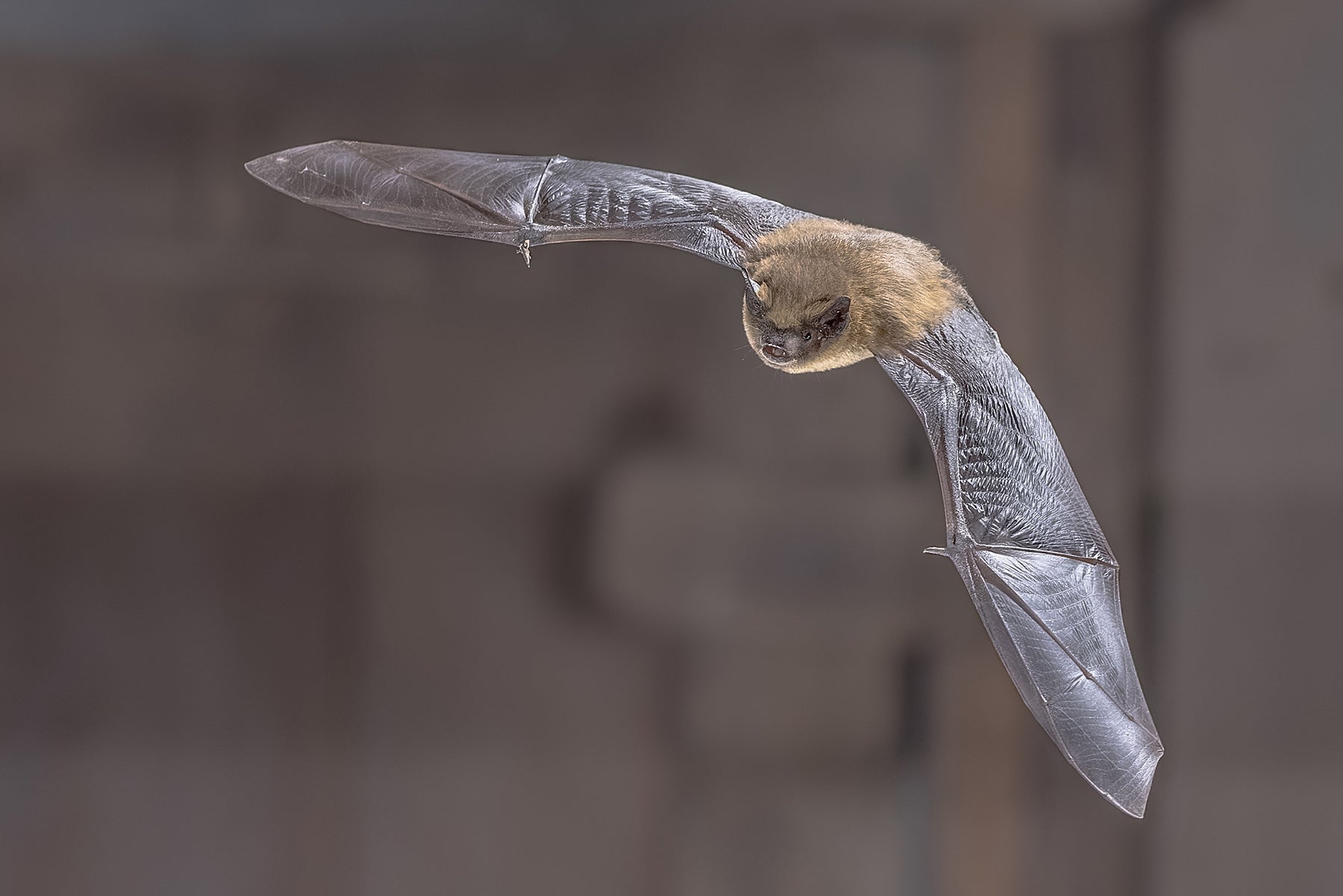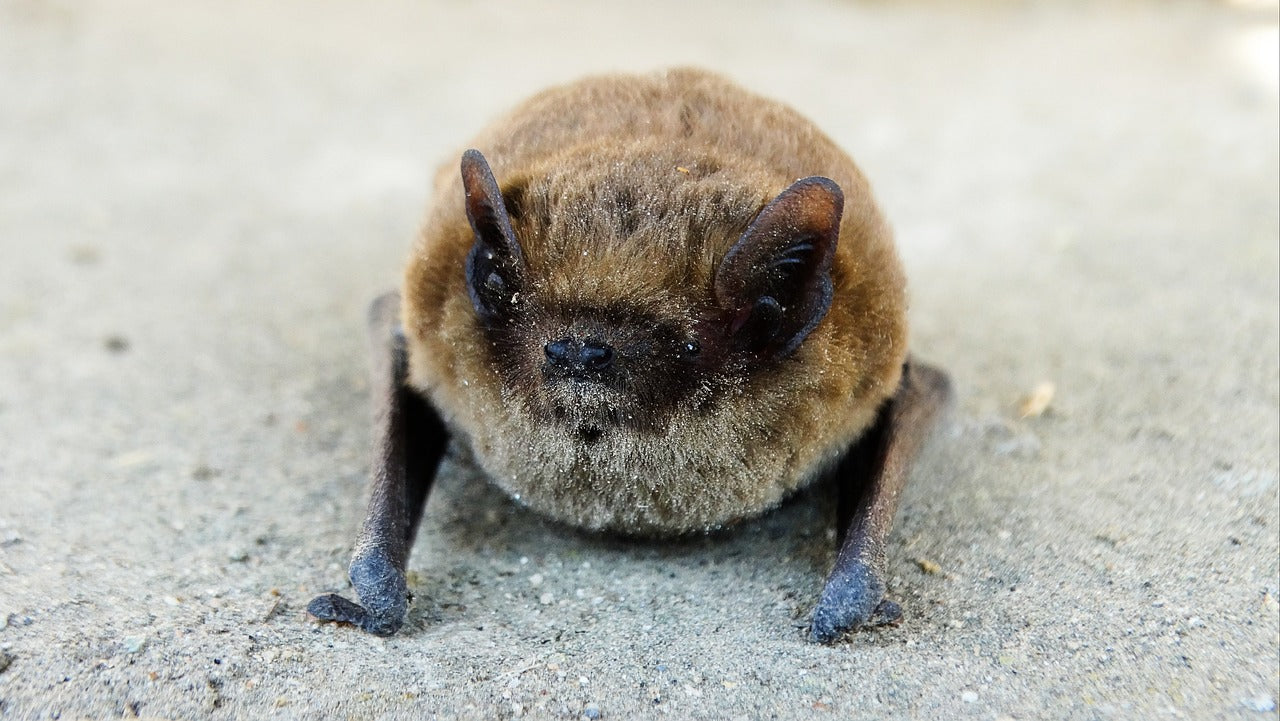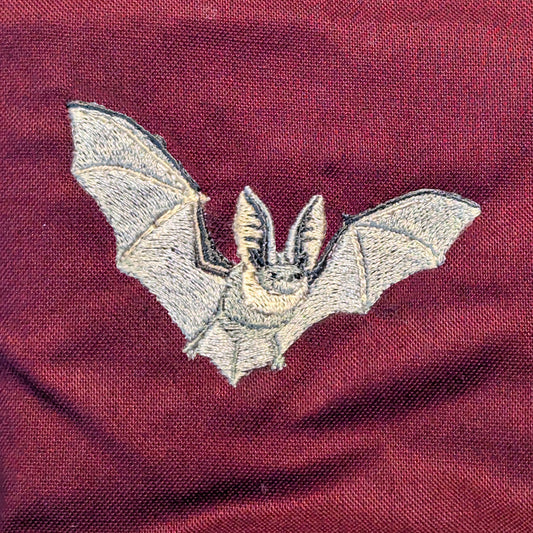British Bats
A little different to our other spotlight pages, here we'll discuss insectivorous bats with a focus on the 17 species found in Britain, in particular the common pipistrelle.
Full Name: Common Pipistrelle
Latin Name: Pipistrellus pipistrellus
Classification: Mammal
Adult Weight: The common pipistrelle weighs 4 to 8 grams, and the larger noctule bat can weigh up to 40.
Adult Length: Common pipistrelles are up to 4.5cm nose to tail, and a wingspan of up to 25cm. Noctules are up to 8cm long with a wingspan of up to 40cm.
Lifespan: The common pipistrelle can live for 10-15 years, and the greater horseshoe bat have been known to live over 30!
Preferred Habitat: Woodlands, wetlands, and urban areas: anywhere they can find insects to hunt. They roost in old trees, buildings or caves, depending on the species.
Status: All bats are legally protected in Britain. Some like the greater horseshoe bat are endangered, while others like the pipistrelle are stable but still at risk.

















